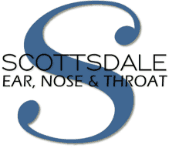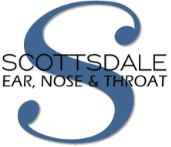The use of hearing aids can be an absolute life-changer for those who have experienced hearing loss. Treating hearing loss significantly lowers the chances of dementia, anxiety, and depression in older adults. Eight out of ten hearing aid wearers say that they have vastly improved their quality of life, but with so many styles available, how do you find the right fit for you?
First, Schedule a Hearing Assessment
As an audiologist, I am dedicated to finding a hearing solution that best meets your personal needs. During your visit, we will conduct an interview and perform testing to see which type and style of hearing aid are ideal for your situation.
There are two basic types of hearing aids to consider: behind the ear and in the ear.
Behind the Ear
Behind the ear hearing aids have a housing that sits comfortably behind the top of the ear with a thin transparent tube that carries sound into the outer ear. These hearing aids are typically easier to use as the controls are on a larger housing, and people tend to find them more comfortable. They usually do not pick up interference from wind, but sometimes the sound quality is not as good as a model that touches the inner ear.
Behind the Ear with Earmold
Producing a higher sound quality, this behind the ear hearing aid is the same basic model but has an attachment that sits in your ear at the end of the tube. Typically, the housing is a bit longer and can accommodate hearing losses that are mild to severe.
In the Ear
Hearing aids that rest solely in the ear offer wearers a more discreet option. They usually provide excellent sound quality, are typically custom-made, and are great for people with severe hearing loss. Because the entire device sits in the ear, there is a higher chance of feedback, and they can tend to wear quicker without proper care and maintenance.
Invisible in the Canal
This is one of the smallest hearing aid styles and is almost invisible in the ear. It rests in the bend of the ear canal and is excellent for wearers who have mild to moderate hearing loss.
Completely in the Canal
Resting entirely in the ear canal, this hearing aid is also minimal. It is used to treat mild to moderate hearing loss and is perfect for those looking for a more discreet option.
In the Canal
This hearing aid rests in the lower portion of the ear and is also small in size. It has a long battery life and options for other technological features. These aids are great for those with mild to moderate hearing loss.
Full Shell
These hearing aids are more significant in size than the in-the-canal style as they are designed to sit flush in the outer ear bowl. They allow for many more features and battery life and are powerful enough for those with severe hearing loss.
Receiver in the Ear
With a speaker built into the ear tip, these mini models are great for wearers with mild to severe hearing loss.
At Scottsdale ENT, we understand that selecting the right hearing aids can be a daunting process, whether it is your first time or your tenth. With the help of the best team, I will ensure that you are selecting the right hearing treatment for your needs.
Schedule a hearing assessment with us today.



